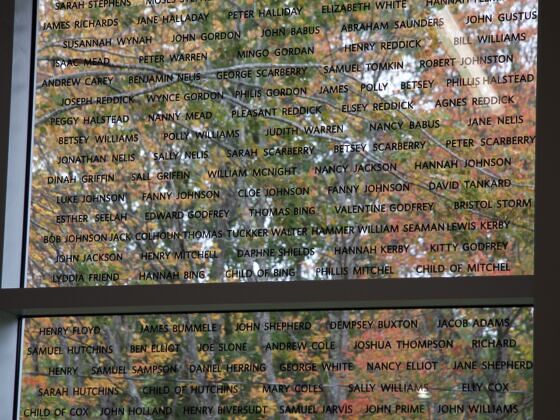Okay, 10 points if you answered “colonists who remained loyal to the British during the American Revolution.” Maybe you even knew that a lot of them immigrated to Canada after 1776.
But Black Loyalists? If you’re like me, you have no idea.
The history
As it turns out, the best place to learn about this chapter in American history isn’t in America at all, but along the southwest coast of Nova Scotia. That’s where boatloads of Loyalists arrived in 1783 to start a new life and keep themselves under the British flag.
